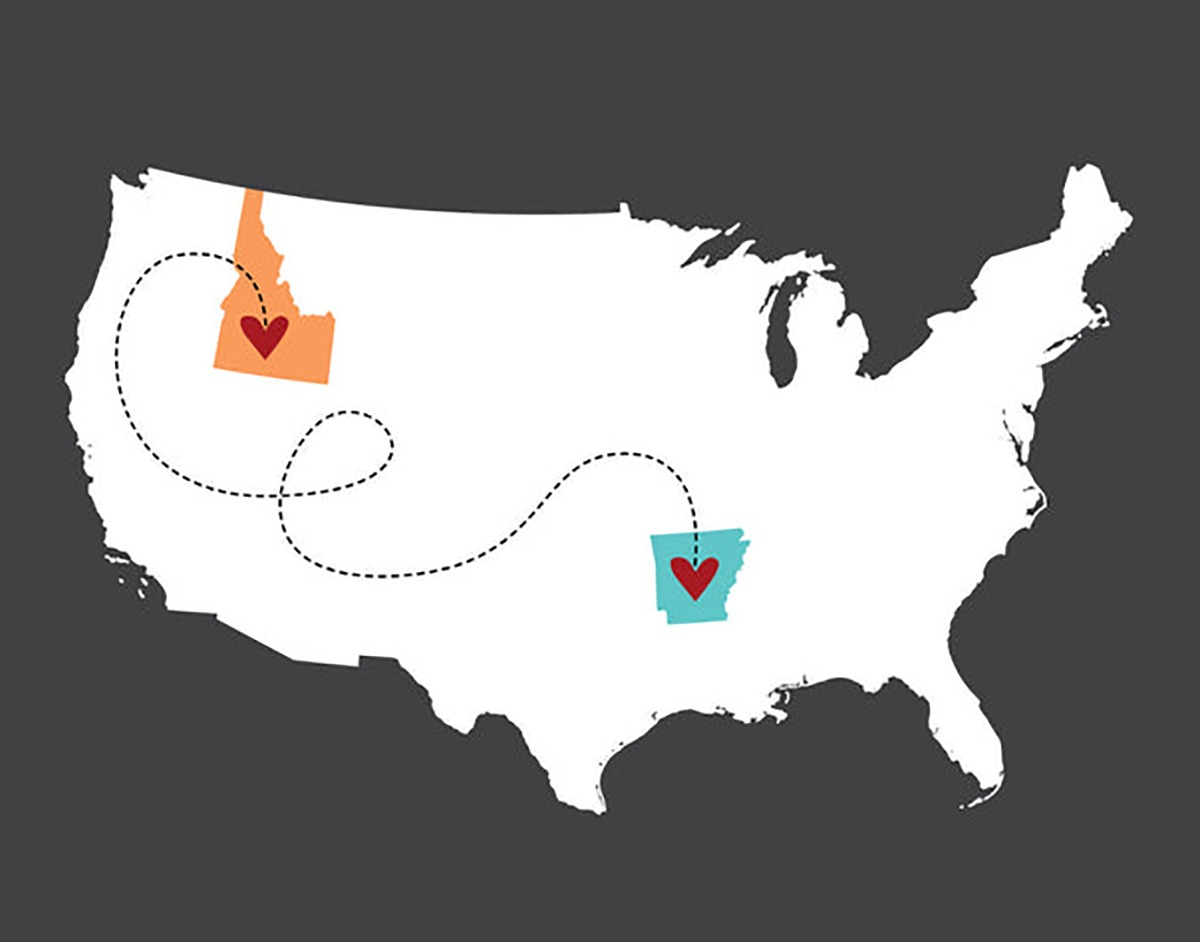If you are someone providing care support to a friend, relative or parent and you live over an hour away….YOU are a long-distance caregiver!
Additionally, it’s not uncommon for long-distance caregivers to be simultaneously juggling care of their own children with career responsibilities on top of their long-distance duties. Those navigating from afar often expend more time in ‘caregiving’ mode than their counterparts who live nearby.
Because those who provide support from long distances are often coordinating and managing the ancillary service providers that fill the gaps of care. Thus additional time spent online or on the phone is necessary.
If those in your care have several underlying health concerns or are living with Alzheimer’s’ or another dementia, the care support can be even more challenging.
SIX TIPS
Here are six tips to keep in mind as you navigate your long-distance care duties. Ideas and suggestions to consider, so that you can optimize your efforts by working smarter not harder.
- Know the professional providers: be the ‘keeper’ of the provider information by creating an easy-to-access system with all the contact and expertise data. Whether you use an online resource or a good-old-fashioned 3-ring binder; simply corral all the pertinent material for each provider in a one-stop location. In the midst of a crisis, you’ll be glad you did this. BONUS POINTS: for sharing this system with another care-partner in the local area to where your person is living. Having a second set of the same info. can come in handy if/when there is an emergency and decisions need to be made quickly. Being organized and having a manageable system wherein important material is readily available will prove invaluable.
- Be sure you are listed as a responsible party: As long-distance care support, it’s nearly impossible for you to be physically present at every doctor or service provider appointment. Dentists, eye doctors, audiologists, podiatry, general practioners, specialists, the list can be long. However, if you are listed as a primary person who can receive notes and results; it allows you to get the follow-up information with no hassle. Each provider will have their own method of sharing data, so be sure to understand their process when you list your name with their office.
- Have a strategy for in-person visits: Consider establishing a ‘visit schedule’. Your distance from those in your care and your other personal responsibilities will be a big factor in this planning. If you are just a 60-minute drive away, you might be able to get there more frequently. For those at further distances or who may need to board a plane; time and cost will factor in. Ideally, if you can institute a regular ‘visit schedule’ it gives you the opportunity to plan ahead. Like, can you be there for Doctor visits, haircuts, or a special event? Might you visit during the 2nd week of each month? Maybe you can only be there every two-three months. Regardless of the schedule, trying to maintain a routine or rhythm is a good goal that benefits both you and those in your care.
- Do a safety assessment: When you are able to visit in person, plan on assessing the care environment to ensure there are no hazardous items or conditions. Are all the lightbulbs working? Are the door and window locks in good condition? Are the hallways and areas within the home safe and clear of clutter so as not to impede safe movement? Are the appliances in working condition? Most notably the heating/cooling system. Are there furniture pieces that need replacing? Does your person have suitable clothes for the season of the year? Make sure you are keenly keeping your eyes open for any hazardous item or condition that could derail the personal safety of those in your care.
- Meal prep and fill the freezer: maximize your visit by evaluating, restocking, and meal prepping with healthy food options for those in your care. Keep in mind that nutritious and healthy food is a non-pharmacological intervention for overall wellness. The seasons may dictate what you are able to accomplish. For example, in summertime when fruit is fresh, might you slice up in-season options and store in clear containers? How about making several fruit smoothies and portion them out for easy-to-grab options? Can you meal prep homemade dinners and stock the freezer? These options would simply need to be re-heated. There are so many healthy food subscription options that you may consider to ensure healthful items or easy-to-follow food and recipes are delivered right to their door.
- Keep a list of local contacts: whether it’s a nearby neighbor, additional family or local vendors and providers like home health agencies, transport services or adult day care providers; it’s a good idea to maintain a list of all those in the immediate area who you could reach out to as needed. Might the nearby neighbor do a weekly check-in and keep you updated? At some point, an adult daycare provider may be necessary for those with dementia to receive extra services like bathing support and stimulating activity programs. Having a team of additional support members in the vicinity of those in your care is another way to be proactive to avoid having to scramble during times of distress.
Per the most recent joint report from The National Alliance for Caregiving (NAC) and AARP, there are 53 million unpaid family caregivers. That’s more than one in every five Americans providing care to someone. That same study reports that 24 percent of those folks are providing care to more than two recipients.
As the care needs increase and unpaid caregivers continue to step up and support, it’s vital to have a strategy in place to ease the burdens that certainly will arise.



